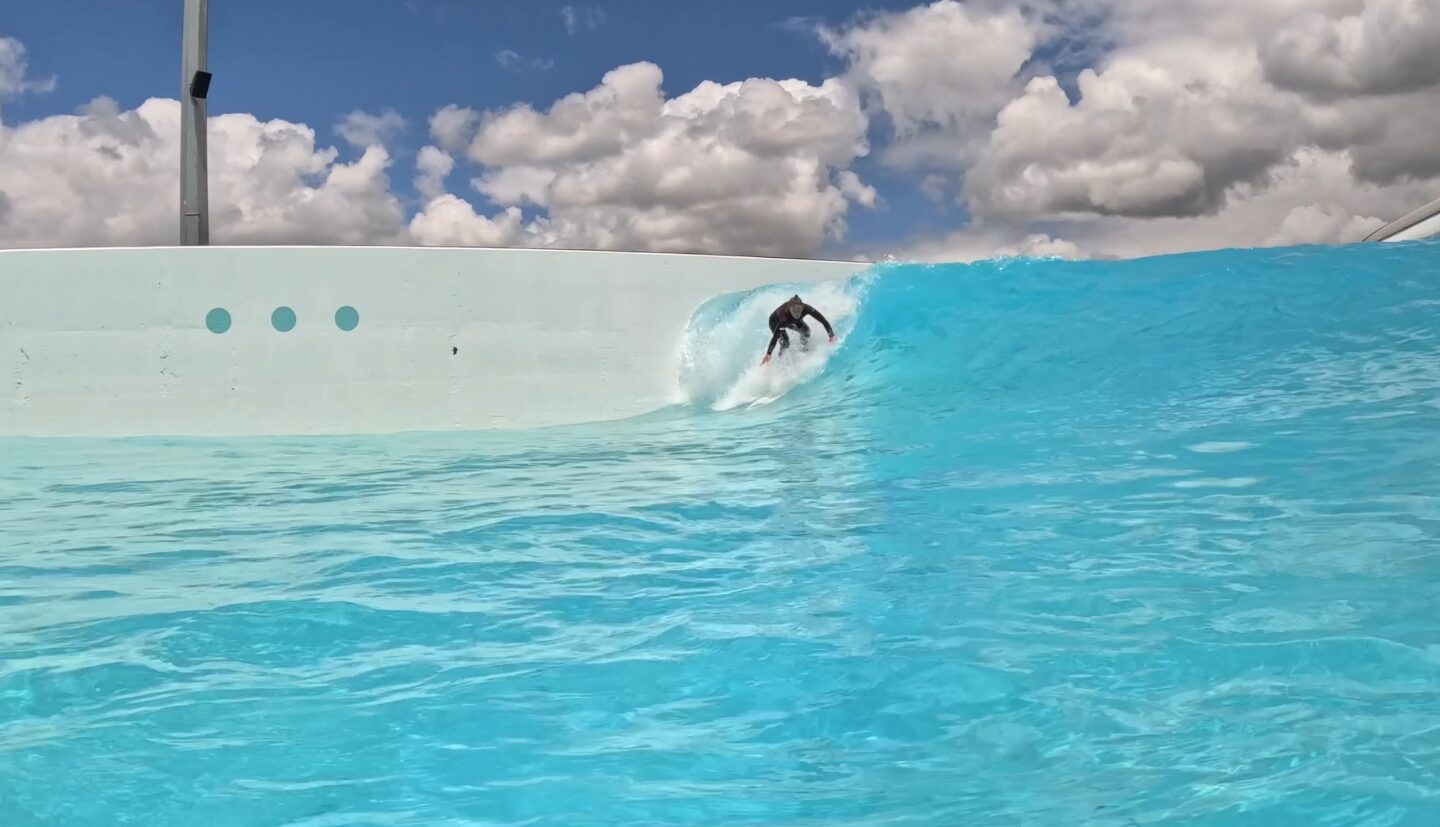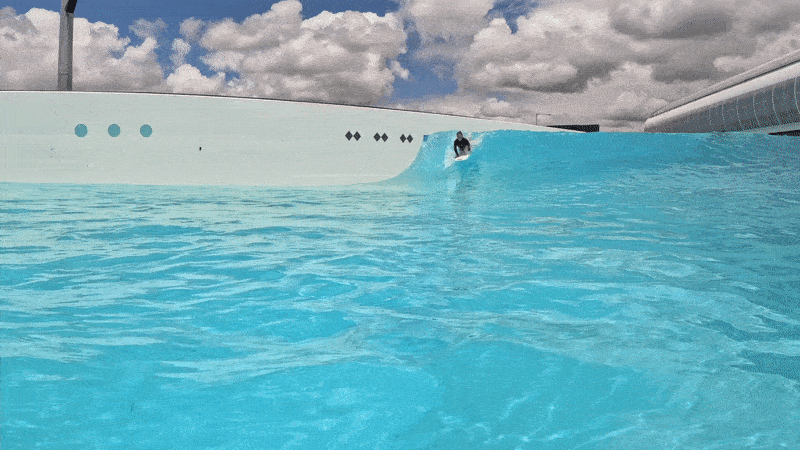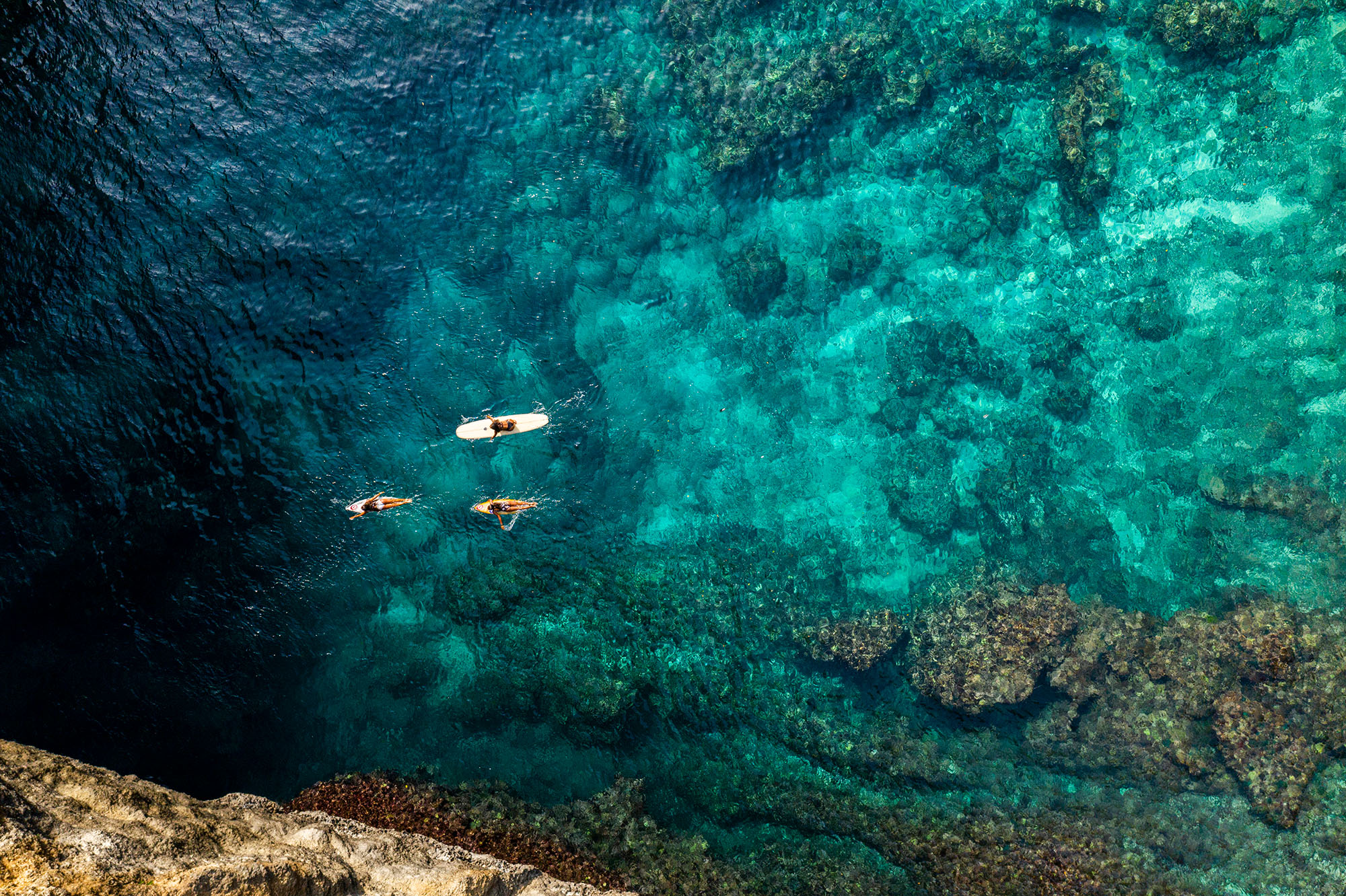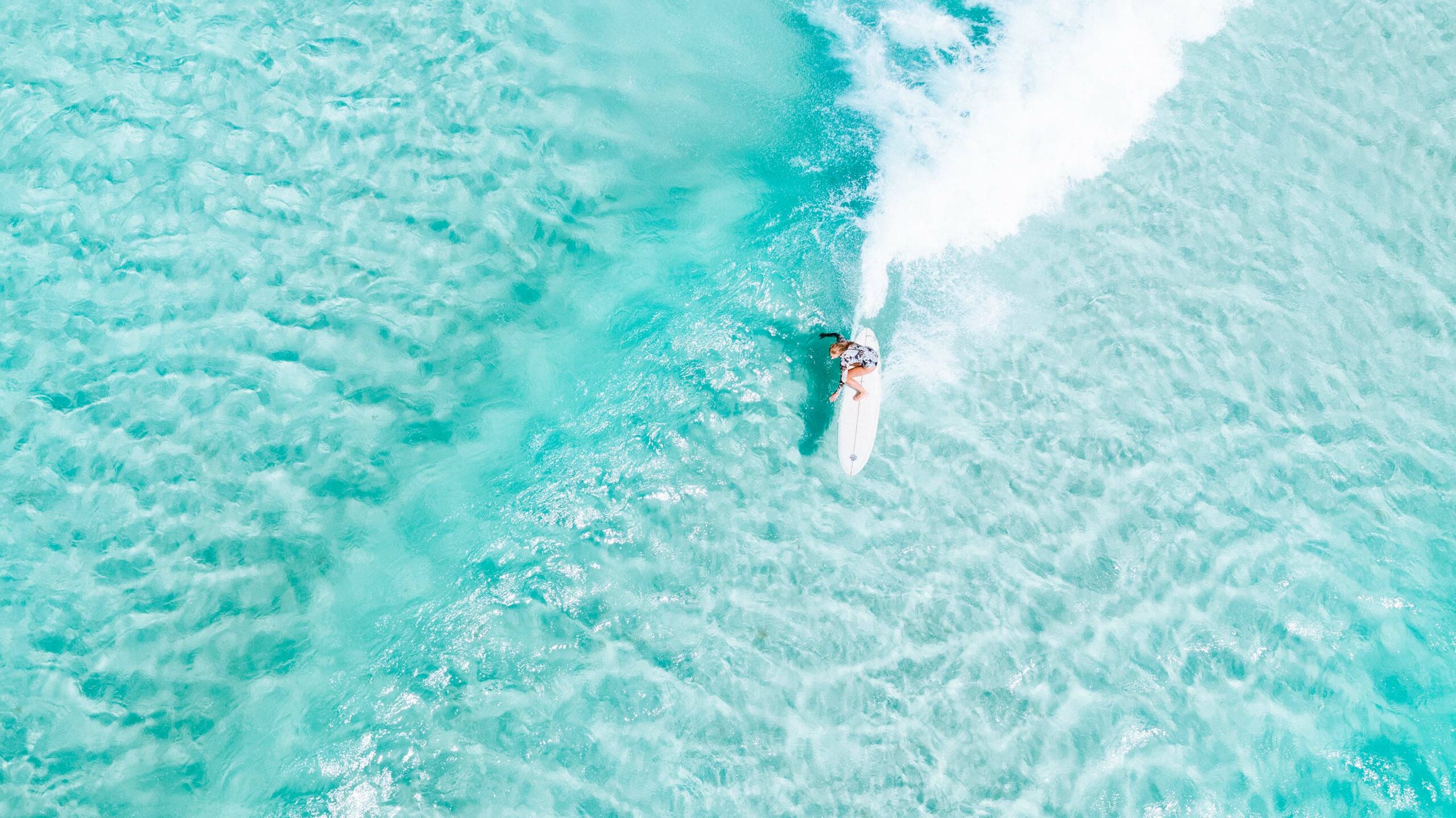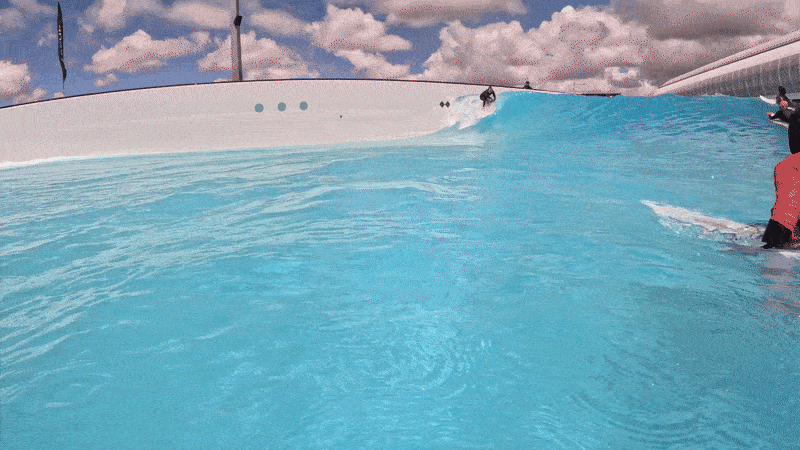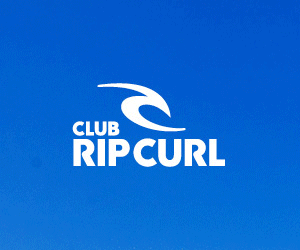Nosediving when surfing is a rite of passage for all surfers learning how to move from the white water to the green face. Although it is something that happens to everyone, there are some key things that you can do to reduce the amount of time nosediving, and spend more time surfing!
What is nose diving?
Nosediving generally occurs with beginner surfers where the nose of the board dives under water causing the surfer to wipe out.
When a surfer is just about to pop up at the peak of the breaking wave, the board will stick to the face of the wave and the nose will pierce the water, submerging most of the board and the surfer with it!
So the next question is, how do I stop nose-diving?
Positioning on your board
How and where you are positioned on your board makes a huge difference in how you catch waves and pop up.
Unfortunately, there is no set answer to where you should be positioned on your board. It depends on your skill level, board size, wave type and where you are positioned in the lineup
Too far forward on your board, and you will nose dive. Too far back and you wont get on to the wave.
It is worth noting, that when adjusting your position on your board, the smallest adjustment can make a huge difference. When paddling around on your board, it should feel like you are gliding across the water with not too much resistance. We recommend making small adjustments to find what works best for you.
Paddling
Wave entry speed is one of the most overlooked elements of entry into a wave and can greatly increase your take off make rate.
The speed and momentum gained from paddling is essential for powering down and into a wave. It may look cool to be casual, gently roll over a few strokes and take off late and air drop into your ride, but this increases the chance of nose dive!
Paddle hard, paddle strong and you will give yourself the best chance of nailing the take off!
Angled take off
If you have checked out the manoeuvre levels on Surf Better Now, you would have seen the section on angled take offs in Level 5. Nose diving can occur when paddling directly to the shore and trying to take off directly down the steepest part of the wave.
The first step to an angled takeoff is to determine which direction the wave is most likely to peel in, then angle the nose of your board in the direction you wish to go when paddling for the wave.
The key to angled take offs is starting with a subtle adjustment of nose angle in the desired direction of travel. Too much angle will make it very difficult to generate enough momentum in the direction the swell is travelling and will see you miss the wave.
Once you start to master the three above steps, you will nose dive less and can start tearing like Ange Ball does here!



